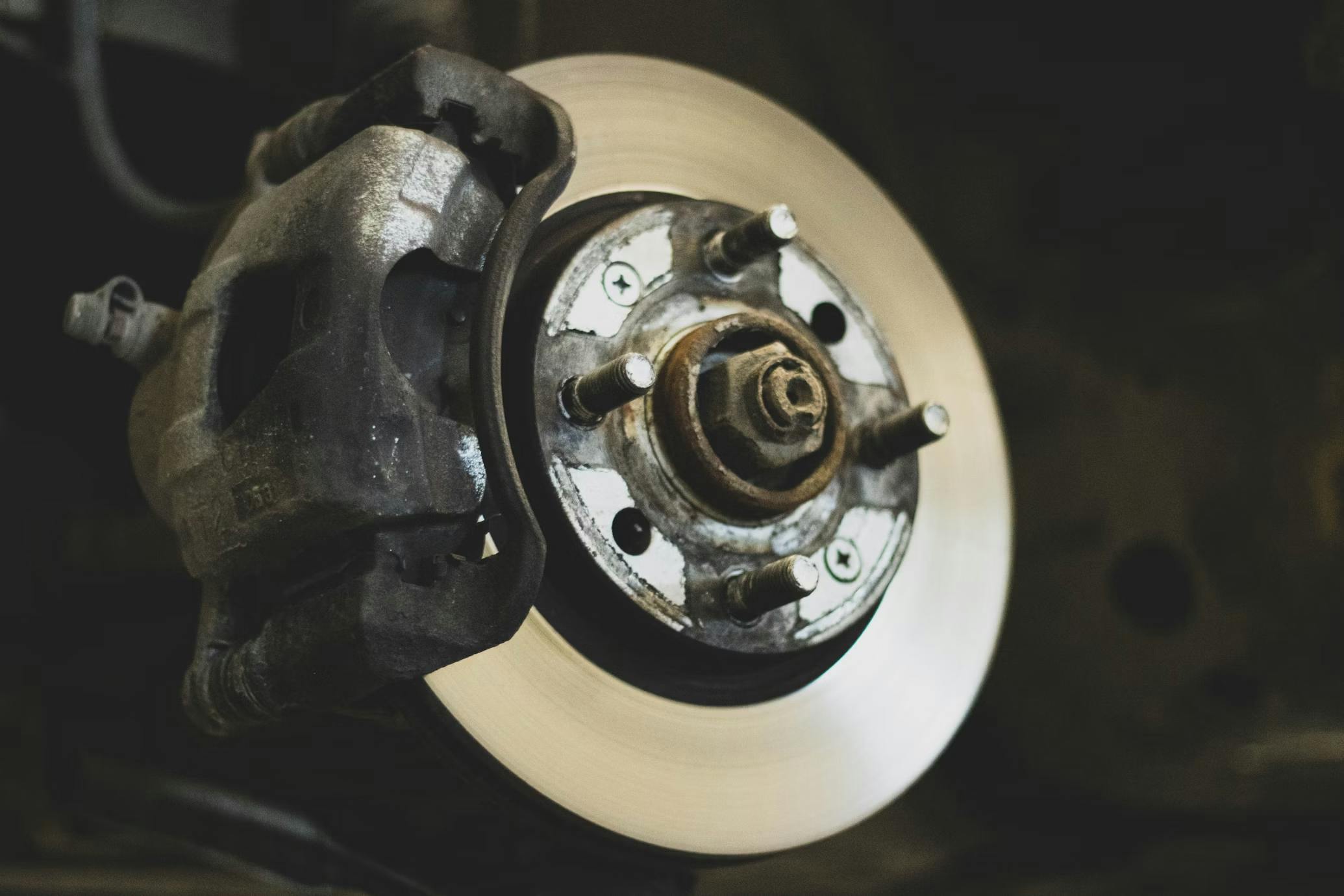The Importance of Regular Brake Checks: A Safety Guide
Ensuring the safety of your vehicle involves various maintenance tasks, but one of the most critical is the regular checking of your brakes. Brakes are your first line of defense against potential road accidents. This guide will explain why regular brake checks are essential, how often they should be done, and what signs indicate a need for immediate attention.
Why Regular Brake Checks are Crucial
- Safety: The primary reason to regularly check your brakes is for safety. Efficient braking systems protect you, your passengers, and other road users.
- Cost Efficiency: Regular maintenance can identify issues before they become severe, potentially saving you from more expensive repairs down the line.
- Vehicle Performance: Well-maintained brakes improve the overall performance and handling of your vehicle, giving you better control and a smoother ride.
- Compliance with Legal Standards: In many regions, having a functioning brake system is a legal requirement for vehicle operation.
How Often Should You Check Your Brakes?
Brake checks should ideally be part of your regular vehicle maintenance schedule. Here are some general guidelines:
- Routine Check: At least once a year or every 12,000 miles, whichever comes first.
- Seasonal Check: Before a major change in seasons, especially from fall to winter.
- Usage-Based Check: More frequent checks may be necessary if you often drive in heavy traffic, on hilly terrain, or tow heavy loads.
Signs That Your Brakes Need Attention
Be alert to the following signs that might indicate your brakes require an immediate check:
- Unusual Noises: Squealing, grinding, or clicking noises when you apply the brakes.
- Reduced Responsiveness: If your brakes are not as responsive as they used to be, or if the pedal sinks toward the floor.
- Pulling: Your vehicle pulls to one side when braking.
- Vibration: A vibrating or pulsating brake pedal.
- Warning Lights: Any brake warning lights that illuminate on your dashboard.
How to Check Your Brakes
Here’s a simple step-by-step guide to perform a basic brake check:
- Visual Inspection: Check for wear and tear on the brake pads and discs. There should be at least 1/4 inch of pad visible. If not, replacement might be necessary.
- Brake Fluid Level: Check the brake fluid level and top it up if necessary. Also, look for signs of fluid leakage.
- Function Test: On a safe road or in an empty parking lot, gently apply the brakes at different speeds to see if they respond promptly and evenly.
Conclusion
Regular brake checks are a non-negotiable aspect of vehicle maintenance that ensures safety and optimal performance. Incorporating these checks into your routine can prevent accidents and save money on costly repairs. Remember, if you're ever unsure about performing these checks yourself, it’s wise to consult a professional.
For further assistance, Mavyn offers AI and human expert help services. You can chat with Mavyn GPT or connect with a human expert to get answers to your questions about vehicle maintenance and safety.
